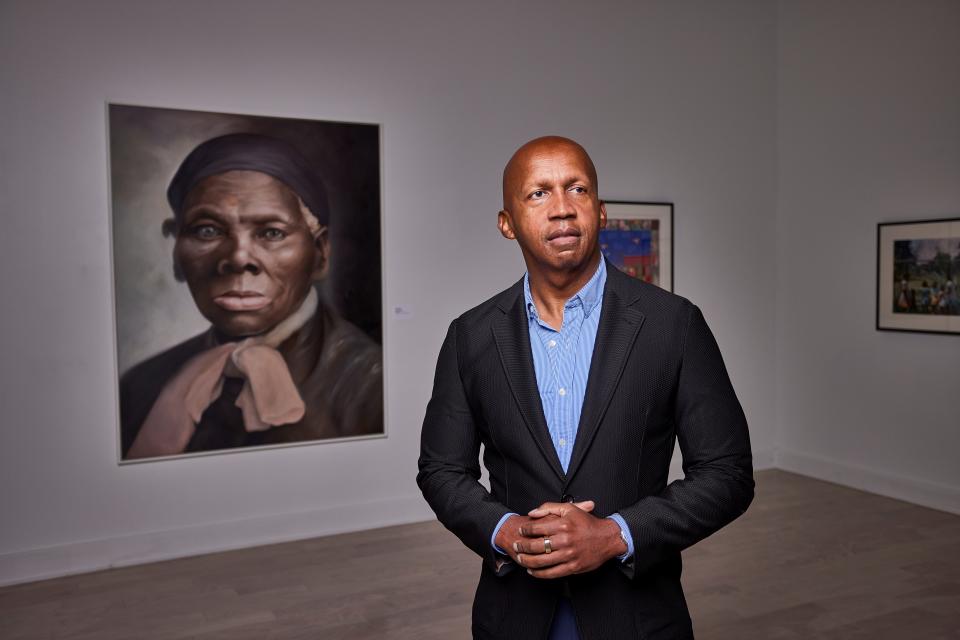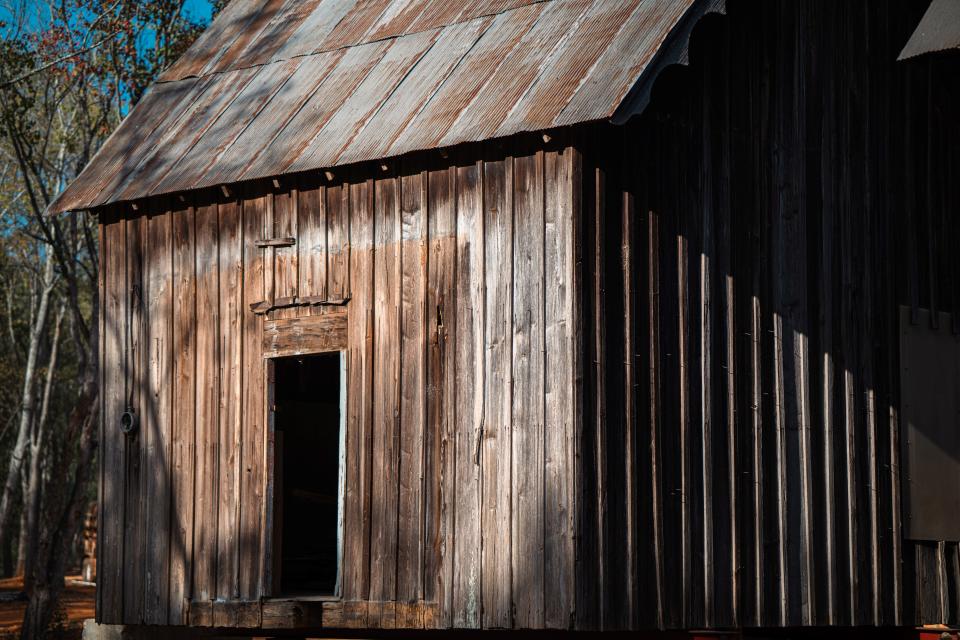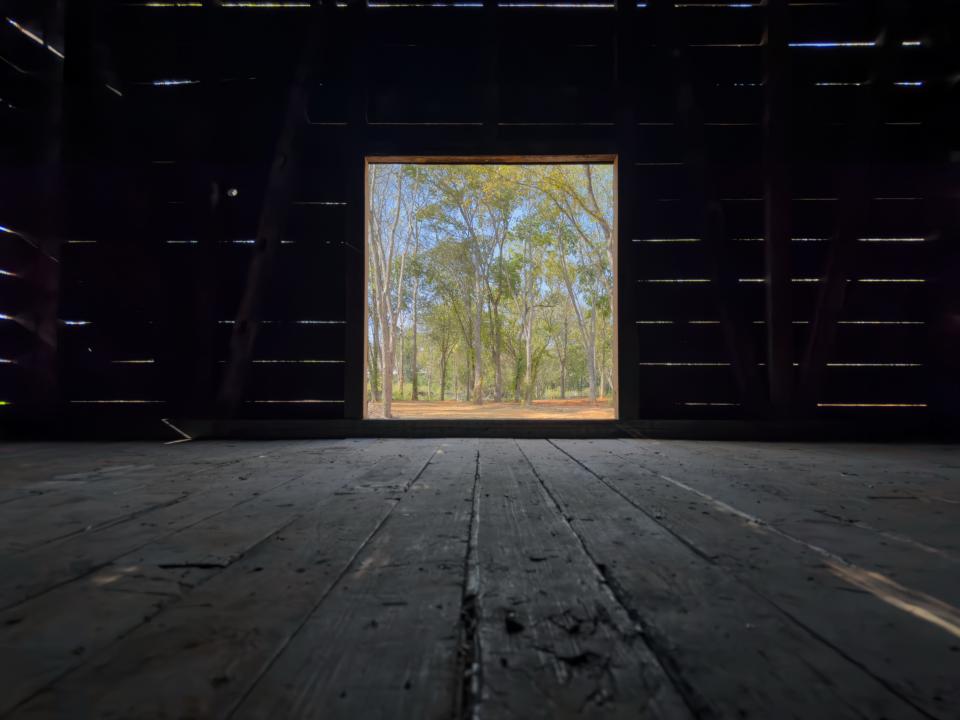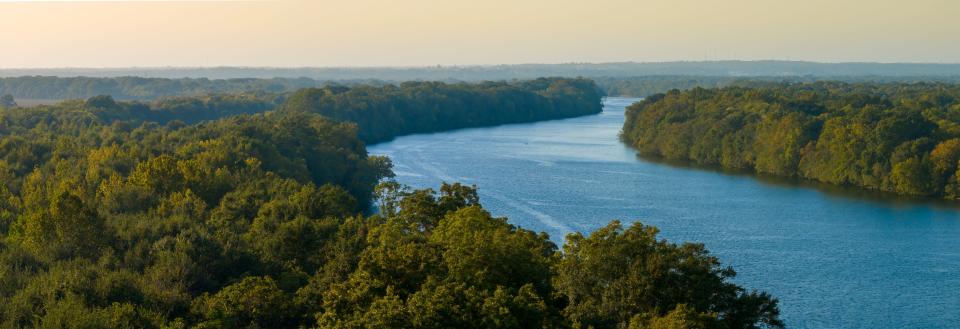Equal Justice Initiative releases plans for Freedom Monument Sculpture Park coming in 2024
- Oops!Something went wrong.Please try again later.
Once the Equal Justice Initiative opened the Legacy Museum and the National Memorial for Peace and Justice in 2018, executive director Bryan Stevenson felt a sense of pride — in his team for successfully connecting the dots of history from enslavement to mass incarceration, in the visitors who were engaging with the difficult content and in himself for leading the charge.
There was no question in his mind that the museum and memorial would not be the culmination of his work in Montgomery. They would be a springboard.
In the five years since, EJI has announced numerous additions to the experience it offers tourists in Montgomery, and today, the nonprofit announced another.
Coming in spring 2024 is the Freedom Monument Sculpture Park, a 17-acre plot of land filled with sculptures, historic slave dwellings and other artifacts to honor the millions of Black people who were enslaved in America and their ancestors.
It joins the Legacy Museum and the National Memorial for Peace and Justice to form EJI’s Legacy Sites.
“I've been to plantations and always appreciated the authenticity of those spaces, but I never really felt like they reckoned honestly with the experience of enslaved people,” Stevenson said. “We wanted to create a space where we could do that, and that's the vision behind this park.”

What’s inside the new park
Located on Lafayette Street between downtown and the Montgomery Marina, the park sits on a bluff above the Alabama River. It looks out over the exact areas where the slave trade brought thousands of Black people into the city by boat and train. Stevenson said the entire park is designed to let people “see and experience this history in a very tangible way.”
In addition to extending its shuttle service to the site, EJI will offer a way for visitors to travel to the park by boat. Beyond the slave dwellings that EJI relocated from plantations around the south, other artifacts that will be included in the park are a railcar and a holding pen.
“People will learn a lot about the lived experience of people who were enslaved at this park,” Stevenson said. “We’ll have some art animations that explain aspects of that, but just to see, and touch and feel these spaces in a place where there's a larger narrative being provided about the life of enslaved people, the labor, the way people had to navigate violence, the way people had to hold on to family members. All of that will be presented at the park.”
There will also be content that acknowledges the indigenous people who originally lived on the land and their history.
EJI has not yet released many specifics about the pieces of art that will be on display, but its announcement included several artists who will have works included: Alison Saar, Kwame Akoto-Bamfo, Wangechi Mutu, Rose B. Simpson, Theaster Gates and Kehinde Wiley.

A national monument for America's emancipated former slaves
The centerpiece will be the National Monument to Freedom, which stands 43 feet tall and 150 feet long. It is inscribed with more than 120,000 surnames of Black people who were emancipated at the end of the Civil War, and there will be a database on site where people will be able to look up specific names.
“I'm one of millions of Black Americans whose foreparents were enslaved. We haven't really honored or acknowledged all of those people who gave so much, who suffered so much, and many of us bear the names that these emancipated Black people chose after the Civil War,” Stevenson said. “I've always wanted to create a space where we could honor the names chosen, honor the names that millions of people carry today and directly relate that to the history of slavery.”

Stevenson explained that during the 1870 census was the first time that Black people in the U.S. were able to claim their own surnames. Prior to then, he said, they were only identified by first names and numbers.
“They weren’t given the dignity of a full name,” Stevenson said. “But that changes with the 1870 census, and those names we present on this giant monument. I just think it creates an opportunity for descendants to connect to these names, but for all Americans to have a deeper appreciation of the way four million formerly enslaved people embraced emancipation, embraced freedom and embraced America.”
A stream will flow beside the monument where visitors will be encouraged to place flowers in memoriam.

The Legacy Sites' logistics
In terms of numbers, Stevenson said EJI is nearing two million visitors across the Legacy Museum and the National Memorial for Peace and Justice since opening. Of course, the COVID-19 pandemic limited the number of visitors over an 18-month span, but visitation is back up.
“I'm really hopeful that in 2024 we'll have over a half million visitors, maybe even twice that. We'll just have to see,” Stevenson said. “But this will definitely, I think, increase the number of people who will want to come to Montgomery and experience what we're now calling the Legacy Sites.”
Another benefit of the new site that Stevenson mentioned was the additional employees EJI has been able to hire in Montgomery. Over the three years that this project has been in progress, Stevenson said more and more people have joined the team.
When it comes to an opening date, EJI has not set anything specific other than a general expectation of early 2024.
“It's just really been curating a journey through this area, and we are making good progress,” Stevenson said. “I am feeling very hopeful.”
Hadley Hitson covers children's health, education and welfare for the Montgomery Advertiser. She can be reached at hhitson@gannett.com. To support her work, subscribe to the Advertiser.
This article originally appeared on Montgomery Advertiser: EJI announces new 'legacy site' in Montgomery focused on slavery

